Itinerary
Day 1
Consists of collecting you from the Airport/Boat/Bus station by tour guide and taking you to your chosen hotel, should you wish for GoLaos.com to add accommodation please indicate the dates you will stay in Luang Prabang and we can send you more details. During your relaxation time in the hotel the guide will give you the run down of the tours and activities for the next few days.
Day 2
8am: After breakfast you will head to the “Mighty Mekong River” and board a boat to across the river to visit Long Koun temple.
After the temple cruise alongside the river bank to Ban Xang Hai (Lao Whisky making village).
Ban Xang Hai is famous for its Lao Lao (distilled rice whisky); here, you can try before you buy. A variety of handicrafts are also for sale here. Getting there, the village, 29 km north of Luang Prabang, a boat ride to Tam Ting (Pak Ou caves). Here you will walk the narrow footpath-streets behind the very attractive wat, featuring weavers' looms, colourful fabric stalls and a few stills producing the wide range of liquors sold.
Continuing to Pak Ou cave, this is where the Nam Ou (Ou River) and Mekong River meet at Ban Pak Ou, two famous caves in the limestone cliff are crammed with myriad Buddha images.
In the lower cave a photogenic group of Buddhas are silhouetted against the stunning riverine backdrop. The upper cave is a five-minute climb up steps, you'll need a torch from 50m into the rock face.
On the way back to Ban Xangkhong - (Weaving Village), 2 km to the north of Luang Prabang town along the river, you can watch villagers making posa paper (from mulberry bark) and weaving traditional textiles. You’ll see this paper around town, at the markets, as the end pages for restaurant menus.
Return late evening
Day 3
This is a full day tour by waking up early at “5am”, to watch the amazing monk routine of collecting alms. Luang Prabang’s morning alms a sight of hundreds of monks lining the streets of the World Heritage Town of Luang Prabang in northern Laos to collect food from local people is truly awe-inspiring – a photo opportunity that most tourists are willing to set their alarms for. Sai Bat (morning alms) takes place between the hours of 5-6am each day and involves people placing food and personal care items into the alms bowls of passing monks. It’s a silent and sacred ceremony – one that is steeped in tradition.
Then walk to a local morning market. This small market is basically the Laotian "supermarket" where they come to buy their fresh fruit, vegetables and meat. Very active from 8 o’clock in the morning, it’s a typical passing spot for Laotians who come to buy and/or to sell. You can find many unusual foodstuffs like ox-blood which is proposed in gelatinous cubes, grilled insects (worms, grasshoppers, bee’s larvae, crickets, butterfly chrysalis), caramelized pork’s head, and all sorts of leaves and plants which are used to make the traditional dishes. Return to your hotel for breakfast.
At 9am meet with guide and driver to visit National Museum formerly known as the Royal Palace of Luang Prabang. The Royal Palace Museum in Luang Prabang also known as “Haw Kham” or "Golden Hall" was once Laos’ Royal Palace, full of many interesting historical items, with each item telling its own story, you will learn quite a bit about the Lao History and about Laos Royals.
The National Museum was Built in 1904, with architecture of the Lao traditional and French. Originally built for King Sisavang Vong and his family during the French colonial era. After the death of King Sisavang Vong, the crown Prince Savang Vatthana and his family were the last to occupy the palace.
After the revolution in 1975, the building was taken over by the government, with the palace converted into a national museum and opened to the public in 1995.
Shortly after on Xiengthong Temple. Wat Xieng Thong built 1560 referred as the "Golden City or Golden Tree Monastery" is the most historically significant and impressive of Luang Prabang's many wats.
With its low sweeping double-tiered roof and the rich interior and exterior decoration create an exceptionally fine example of the classic Luang Prabang style, plus with various chapels and other buildings make the entire monastery complex an architectural gem
Next to Visoun Temple. Wat Wisunalat built 1512 originally built during the reign of King Wisunarat and represents the earliest style, sometimes referred to as Luang Prabang Style ‘I’, of Lao temple architecture. This style also seen at the Sims of Wat That Luang and Wat Mai. Wat Visoun is Luang Prabang oldest operating temple. As with the sims of most Lao wats, there are multiple roof structures. In the Style ‘I’ form the first and second roofs extend around the entire perimeter of the structure.
Then a small climb to Phousi Mountain. Mount Phou Si, also written Mount Phu Si, is a 100m high hill in the centre of the old town of Luang Prabang. It lies in the heart of the old town peninsula and is bordered on one side by the Mekong River and on the other side by the Nam Khan River.
The hill is a local religious site, and houses several Buddhist shrines. Halfway up the hill, overlooking the Nam Khan is Wat Tham Phou Si, a Buddhist temple, at the summit of the hill, overlooking the town and surrounding countryside is Wat Chom Si and is a tourist highlight of Luang Prabang.
You will then head to play the local games including Pétanque before going to the Night Market.
The night market is a fantastic place to hang out at night with a slow walk and shopping for souvenirs, night market is a must to visit. There are many kinds of products you can buy that import from neighbors. there are some handmade items that are made in Laos such as: Silk and cotton scarf and Sinh (Lao skirt), lamps, Hmong skirts and paper books, paintings etc.; At one end of the market you can buy sandwiches the other ends host bistros, small bars, pizzeria and local cafes.
You can choose to be taken back to your hotel or enjoy the evening in town.
Day 4
8am: This is a beautiful day of sight seeing
After breakfast head to Pha Tad Ke- Botanical Garden. Pha Tad Ke has created the first botanical garden in Laos for the conservation and study of the Flora and ethnography of Laos. A regional biodiversity research and education centre with the first living collection of plants. The centre, supported by the collaboration and exchange of information with prestigious botanical institutions of South East Asia, the United States and Europe.
Then onto the Bear Sanctuary. Halfway between the park entrance and the Kuang Si Falls is the Asiatic Black Bear rescue centre, which houses a couple of dozen animals rescued from the hands of poachers and traffickers. The bears are in large enclosures with trees and some simple toys like tire swings. An elevated viewing platform has been built near the enclosure so visitors can observe these endangered animals.
A small trek to swim at relax at Kuang Sii Falls (Kuangxi Waterfall). The Kuang Sii Falls, sometimes spelled Kuang Xi or known as Tat Kuang Si Waterfalls, is a three-tier waterfall about 29 kilometres (18 mi) south of Luang Prabang.
These waterfalls are a favorite side trip for tourists in Luang Prabang. The falls begin in shallow pools atop a steep hillside. These lead to the main fall with a 60 metres (200 ft) cascade.
The falls are accessed via a trail, the water collects in numerous turquoise blue pools as it flows downstream.
The many cascades result is typical of travertine of waterfalls.
Swimming is permitted only in marked areas and modest swimsuits are most appropriate, with local people swimming fully clothed.
There are picnic spots, public toilets and changing rooms. Food stalls outside the park entrance sell baguettes, fruit shakes and skewers of grilled meat, ideal for a picnic, in addition there are a handful of small restaurants and souvenir shops.
This tour you will trek and see some amazing wonderful sights, experience culture, happiness and learn the ways of how Lao people live.
Return late evening.
Day 5
We will return you to the Airport/Boat/Bus station with the tour guide

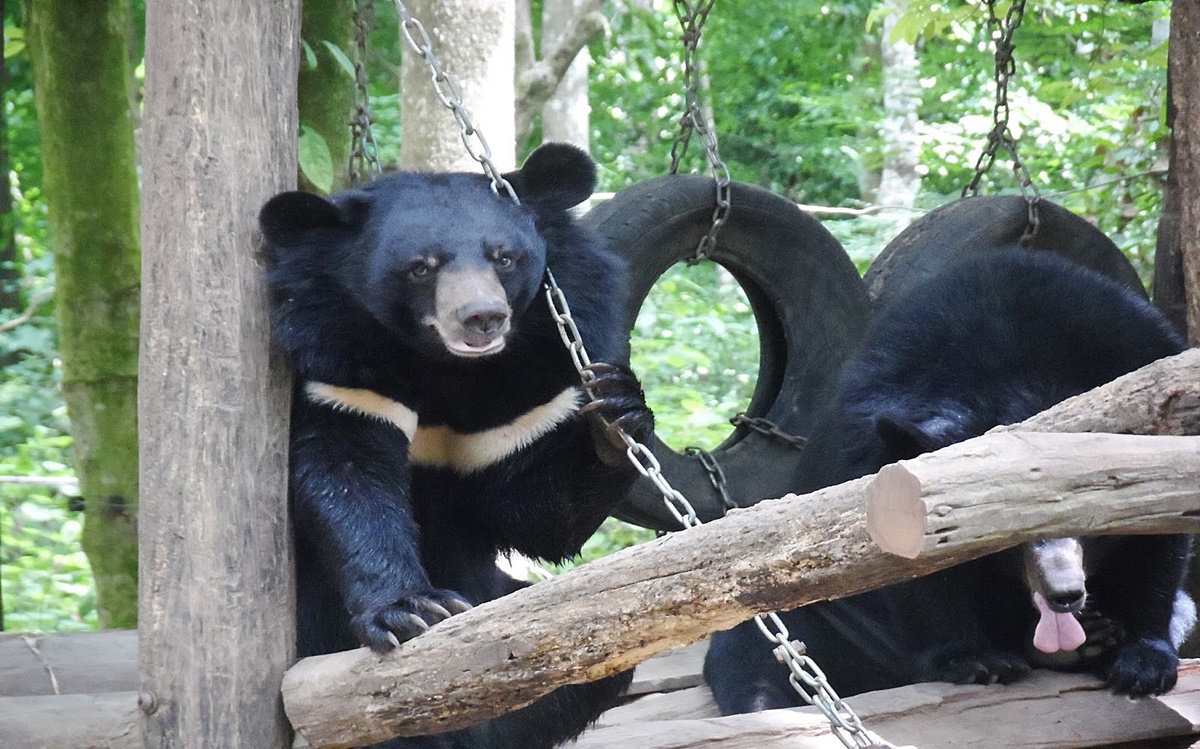
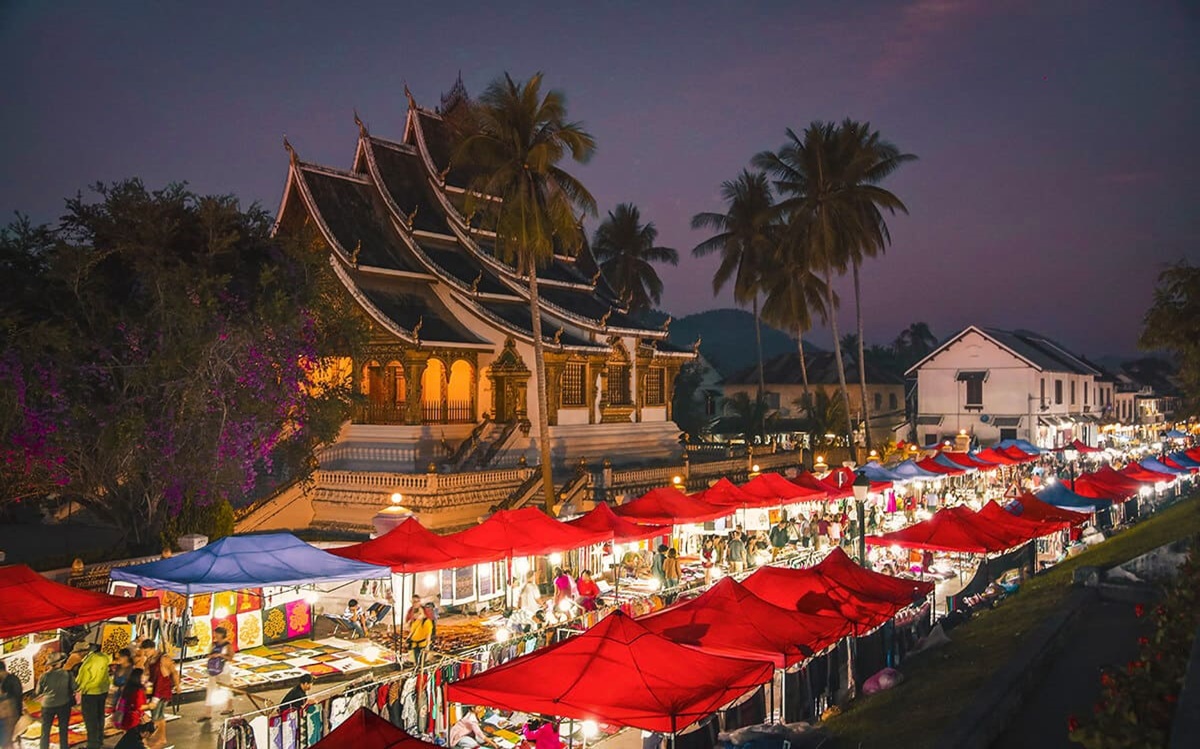
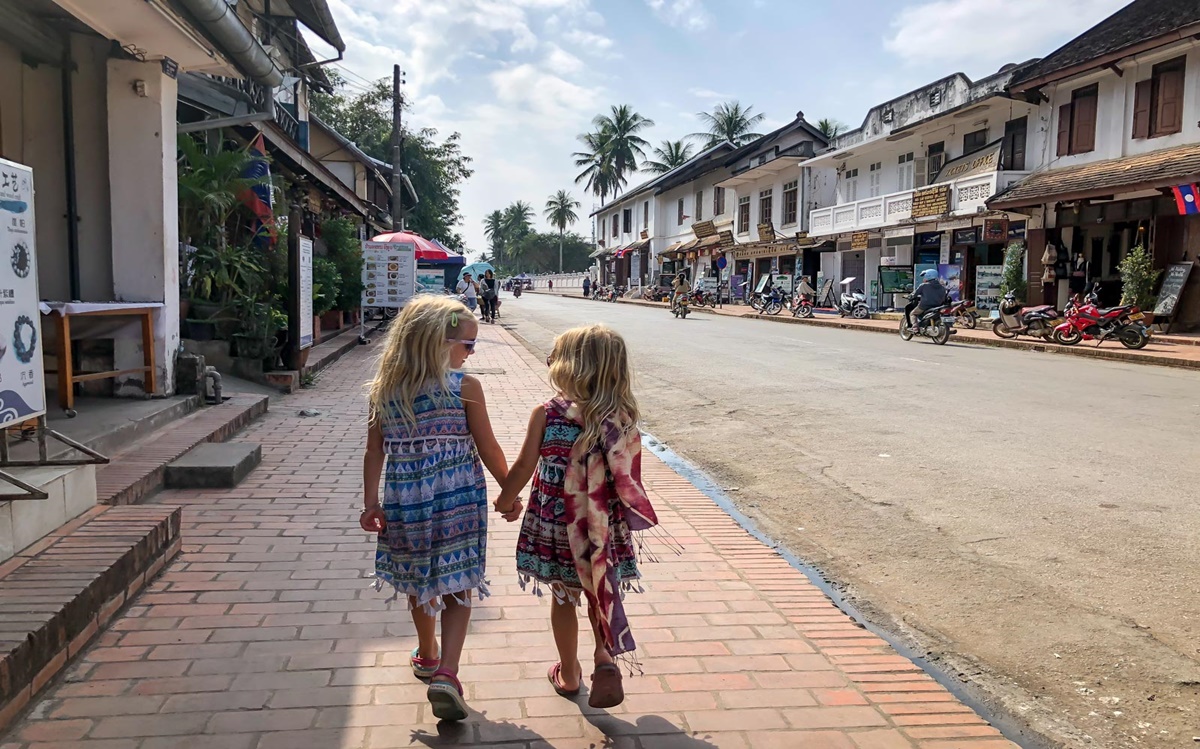


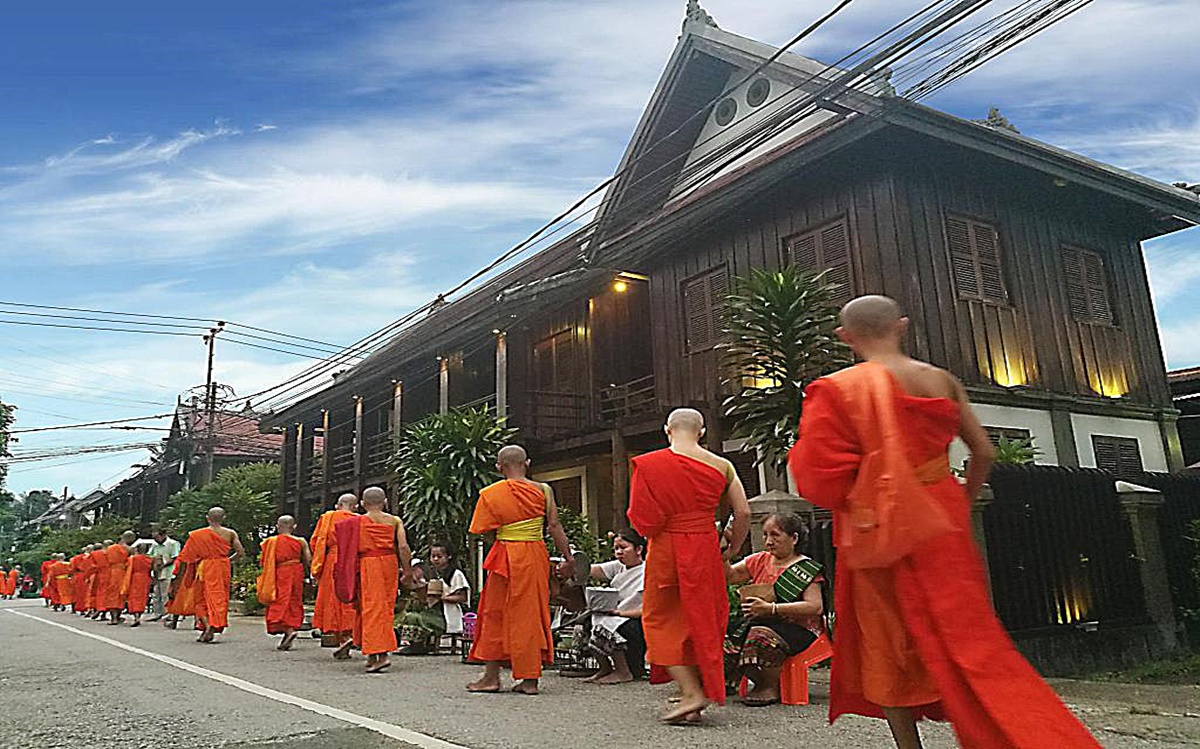
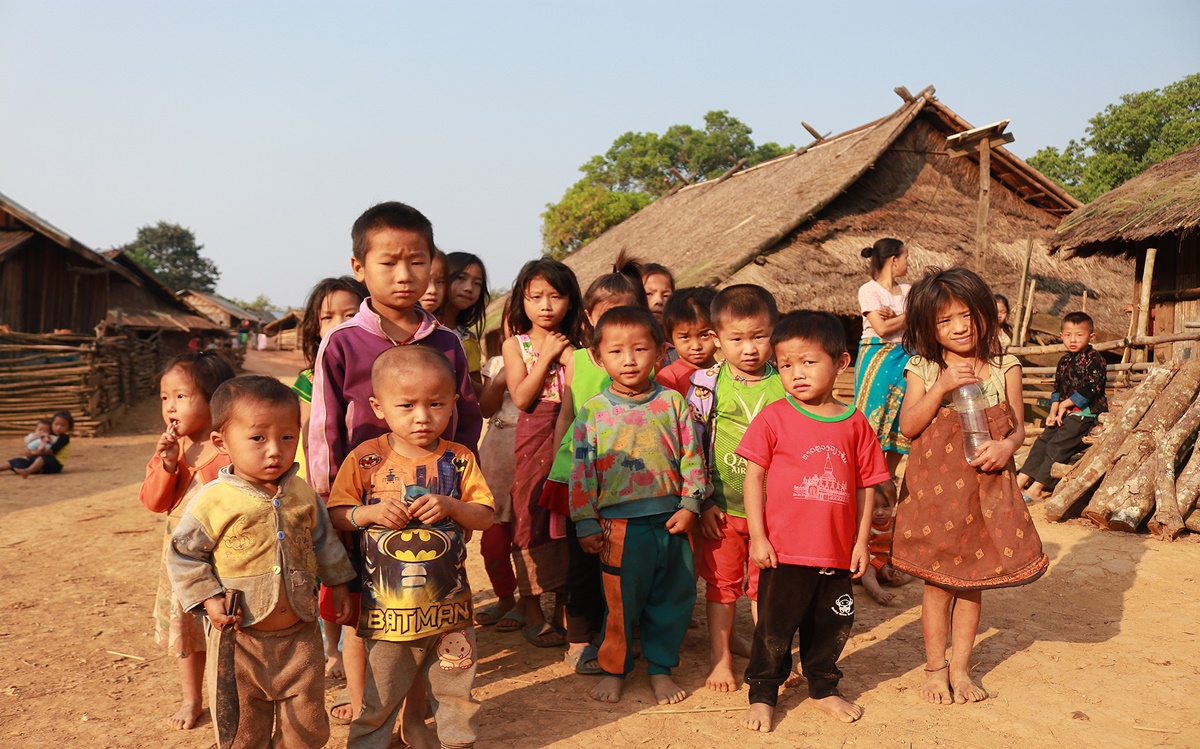
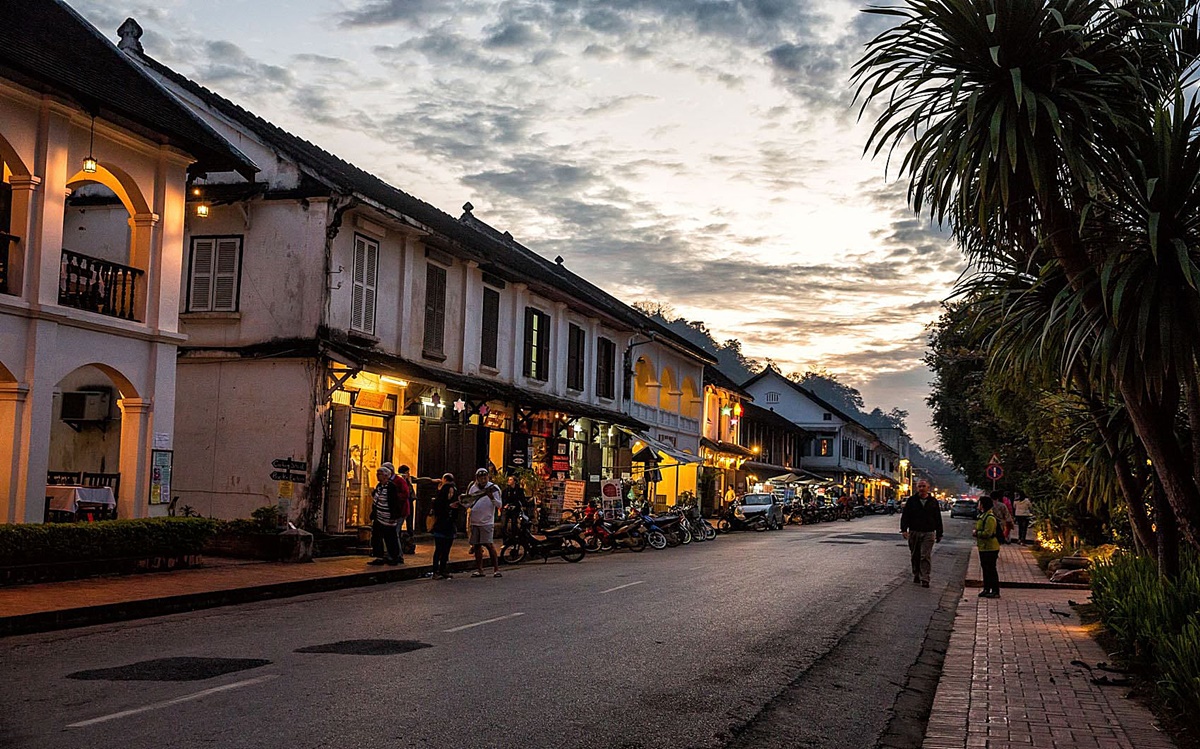


 MIGHTY MEKONG RIVER
MIGHTY MEKONG RIVER
 BAN XANG HAI-LAO WHISKY MAKING VILLAGE
BAN XANG HAI-LAO WHISKY MAKING VILLAGE
 PAK OU CAVE
PAK OU CAVE

 MORNING MARKET
MORNING MARKET




 NATIONAL MUSEUM-FORMERLY ROYAL PALACE
NATIONAL MUSEUM-FORMERLY ROYAL PALACE
 VISOUN TEMPLE
VISOUN TEMPLE
 PHOUSI MOUNTAIN
PHOUSI MOUNTAIN
 PHA TAD KE-BOTANICAL GARDEN
PHA TAD KE-BOTANICAL GARDEN
 ASIATIC BLACK BEAR CENTRE
ASIATIC BLACK BEAR CENTRE
